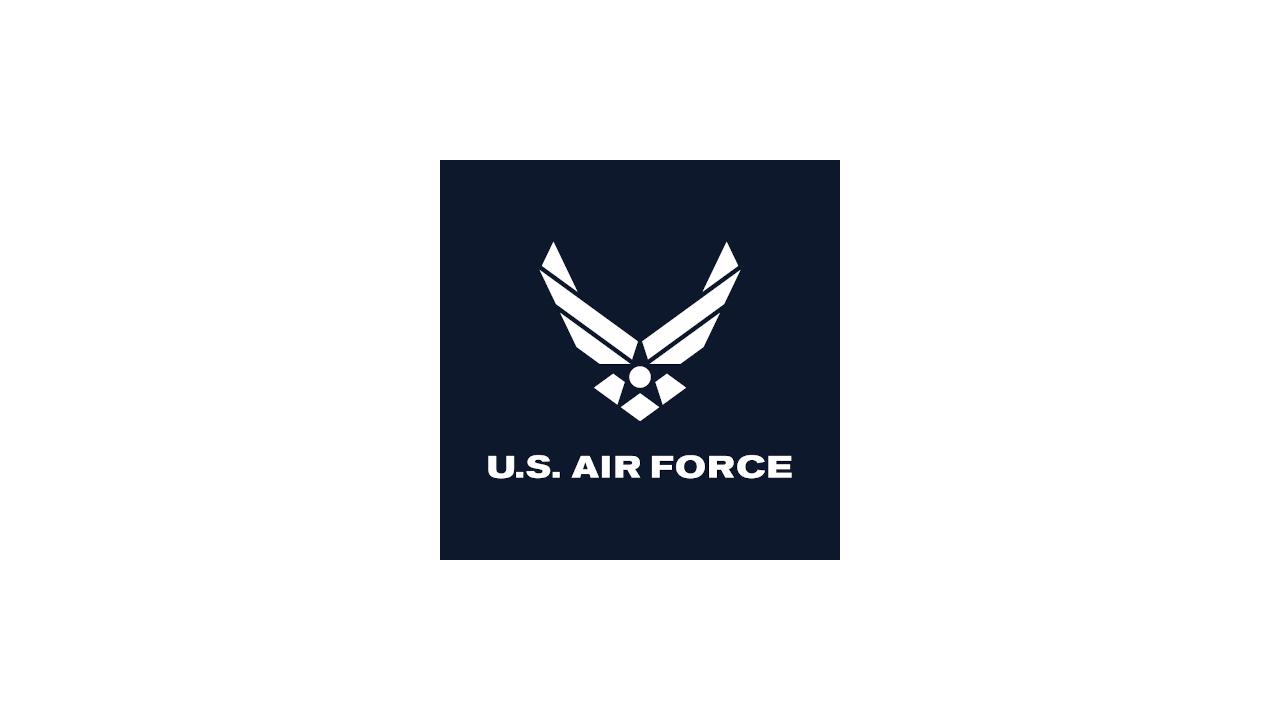Evaluation BrightLight Professionals from the US Military
I always look forward to Veteran’s Day, as it is a time for me to honor my dad, Dr. Don Kirkpatrick, and others who have served and continue to protect our constitution and our lives.
It is also a time for me to reflect on the many days I have spent with members of the various branches of our armed forces, and how much I have learned about training and evaluation from them. Here, in the form of quick tips, I’ll share best practices from each branch of our military that has helped form the bedrock of the Kirkpatrick Model.
US Air Force: “Beware of Flying Blind”
For decades, Kirkpatrick Levels 3 (on-the-job behavior) and 4 (business/mission results) often have been ignored and avoided. Excuses for focusing instead on Levels 1 (Reaction) and 2 (Learning) are, “The higher levels are too expensive and difficult,” and, “We can’t control what happens to trainees once they leave our training.” While in flight, Air Force pilots need to constantly monitor their instrument panel, radar and communications with the ground in order to fly safely and execute their mission successfully. Not doing so would be “flying blind.” In Learning and Development, we need to do the same thing by monitoring critical behaviors and required drivers at Level 3, and leading indicators at Level 4. Flying blind can be disastrous both in their world and ours.
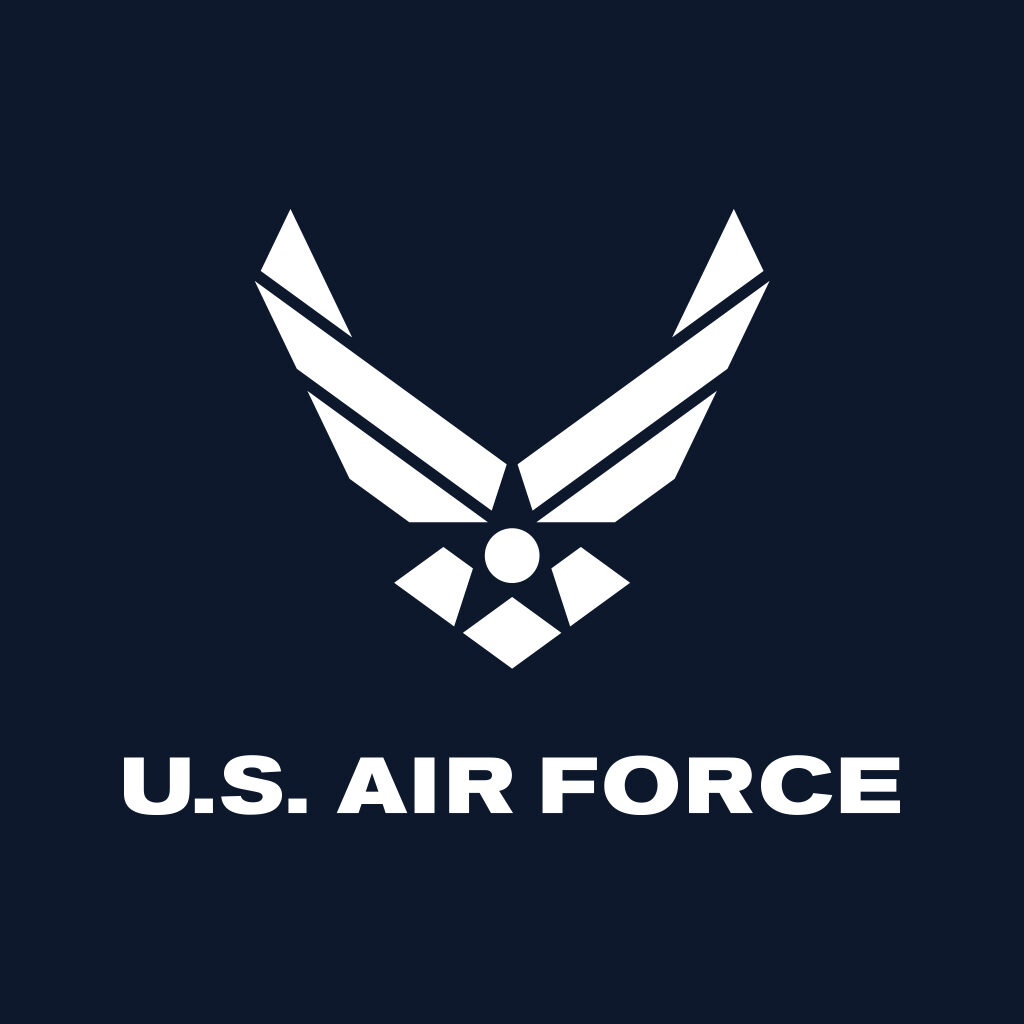
US Army: “The power of After Action Reviews“
The Army and other branches have been conducting After Action Reviews for decades. In simple terms, it means that after something significant has happened in the field, various leaders gather to review what went well and what did not, in order to improve performance and outcomes of future engagements and missions. It would be extremely wise for us to do the same thing, particularly regarding Levels 3 and 4.
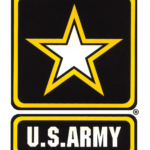
US Coast Guard: “Conduct a full Front End Analysis“
I was talking to a Lt. Commander in the Coast Guard earlier this week and was extremely pleased with how they conduct a pre-training front end analysis. Typical pre-training analysis consists of just finding out from stakeholders ‘what success will look like’ so that we can create a proper training program. Not so with the US Coast Guard. For mission-critical programs, they analyze in detail such issues as required training and field equipment, performance processes and policies, necessary performance support and targeted results.
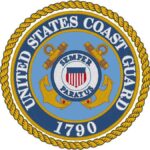
US Marines: “Identify and leverage Bright Lights™“
I believe I first heard the term “bright lights” when working with a group of trainers from the US Marines. These were those who shone above the rest in peacekeeping activities and in battle. BrightLight® Professionals in the Kirkpatrick world are the same. They are those who exemplify excellent practices in their Learning and Development roles and are willing to teach and inspire others. Bright lights appear at every Kirkpatrick Level, with the very brightest being those who achieve our silver and gold certification distinctions.
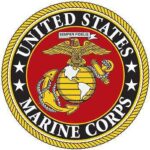
US Navy: “Avoid developing programs with your Backs to the Business“
A group of Navy designers and trainers I once worked with at Newport, Rhode Island had recently developed a brilliant process to partner with commanders and other supervisors of training graduates. Specifically, they carefully checked to ensure that what they were training was in close alignment with the requirements of work in the fleet. They were adamant about never wanting to be accused of developing training in isolation, or “with their backs to the business.”
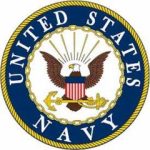
Additional Resources
Kirkpatrick Four Levels® Evaluation Certification Program – Bronze Level
